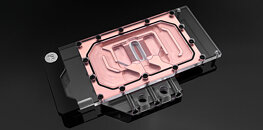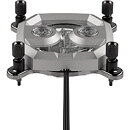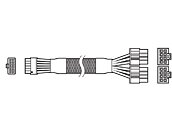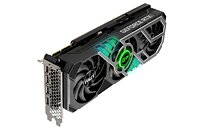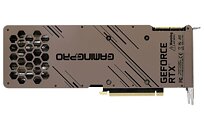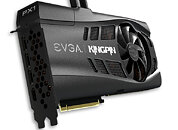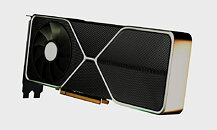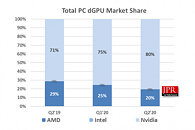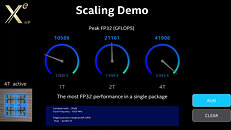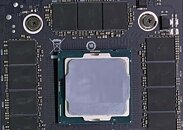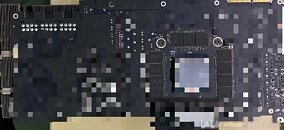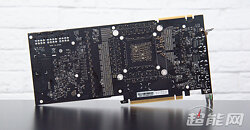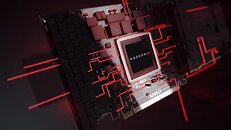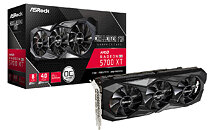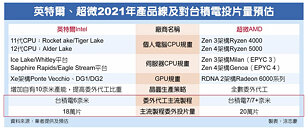
EK Releases Water Blocks for Reference Design NVIDIA RTX 30 Series Graphics Cards
EK, the leading computer cooling solutions provider, is ready to offer its premium high-performance GPU water block for reference PCB layout NVIDIA GeForce RTX 30 Series graphics cards. The brand new water block is aptly named EK-Quantum Vector RTX 3080/3090 D-RGB, and it is very important to keep in mind that this reference design water block is not meant for Founders Edition graphics cards - those will get their own, separate, specifically designed EK water blocks.
"This latest graphics card launch was no different from the last one. The information that was available to us prior to the launch was very scarce. With new information surfacing each hour, we had made some drastic decisions that we thought were the best choice for both our customers and our partners. Over the night, we have completely redesigned our 2nd generation Vector water blocks aimed for reference layout graphics cards," said Edvard König, the founder of EK.
"This latest graphics card launch was no different from the last one. The information that was available to us prior to the launch was very scarce. With new information surfacing each hour, we had made some drastic decisions that we thought were the best choice for both our customers and our partners. Over the night, we have completely redesigned our 2nd generation Vector water blocks aimed for reference layout graphics cards," said Edvard König, the founder of EK.
